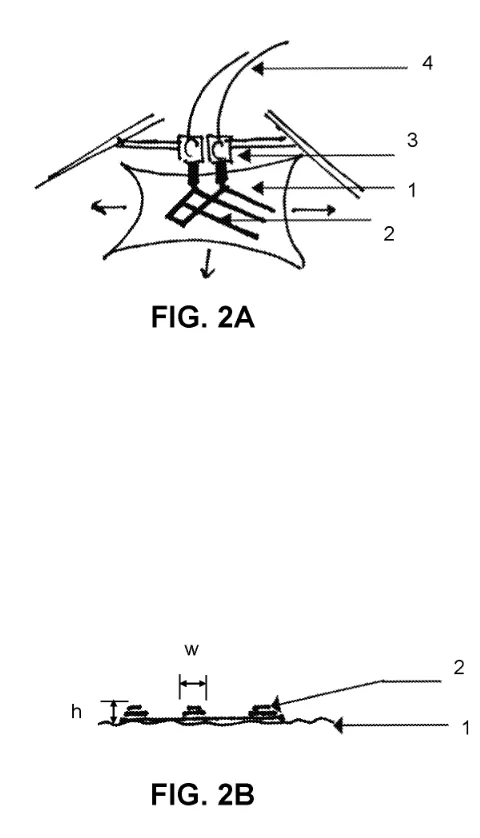Pre-Stretched & Constrained Transformable Textiles
The presented technology has potential applications in a wide range of textile-based products. Generally speaking, the technology may be applied to textile product production lines as a means to reduce the time and energy required to get the material in the right shape. Specific applications of this include sports clothing and equipment, medical compression garments, furniture and interior products, and consumer clothing.
This technology would be primarily of interest to companies that produce textile-based products. This encompasses a broad set of industries, including specialized clothing such as sportswear, furniture, medical equipment, and other consumer goods. Additionally, companies which produce comparatively small quantities of specialized equipment which require a large amount of energy to manipulate the composite material may find this system to be more appealing compared to manual labor and methods more suited to mass production.
Researchers
-
pre-stressed and constrained transformable materials
United States of America | Published application -
pre-stretched & constrained transformable textiles
Patent Cooperation Treaty | Published application
Figures
Technology
The presented technology describes a method of shaping textiles by stretching the material and using the potential energy stored in the stretched textile to produce the desired design. First, the chosen textile is stretched in one or more directions and held in place so the energy from the stretch is embedded in the textile. The direction, degree, and uniformity of the stretch vary to produce different designs and shapes, and the type and nature of the textile affects the final transformation. Next, a constraining structure is applied on top of the textile in a precise pattern to promote the correct transformation after the textile is released. The constraint can be applied by either 3D printing, lamination, or material bonding methods.
Finally, either by cutting out the relevant shape or removing the entire textile swatch, the pre-stretched material and physical constraints are removed from the stretching apparatus. The removal causes the tension in the textile to be released and the material to ‘jump” into the shape specified by the pattern of the physical constraint. The final shape is dependent upon the chosen material, the direction and degree of pre-stretching, and the properties and pattern of the physical constraining structure. This system can be simplified and easily manipulated if the textile and stretching are held constant, and the only variable is the nature of the physical constraint.
Problem Addressed
The existing methods for shaping and forming textiles into products all require varying degrees of skill, time, and energy to utilize. Forming, stitching, and detailing are all processes that require very precise actions and controls and are necessary for creating the shape of the desired product. Both manual labor and conventional automated systems need substantial amounts of time and energy to complete these processes and may inflate the price of the product as a result. Furthermore, some products like shoes require dedicated molds that are unique to each design in order to form the textile into the correct shape. Continuously producing and replacing these molds adds a recurring expense to production, as well as increases the cost of creating and producing a new product design.
Advantages
- Can produce 3D shapes and designs without manual stitching, forming, or patching
- Saves on energy and time in the production process, does not require specialized skills
- Allows for complex, unique designs without expensive molds
- Can produce designs from single textile sheets rather than attaching multiple
License this technology
Interested in this technology? Connect with our experienced licensing team to initiate the process.
Sign up for technology updates
Sign up now to receive the latest updates on cutting-edge technologies and innovations.
